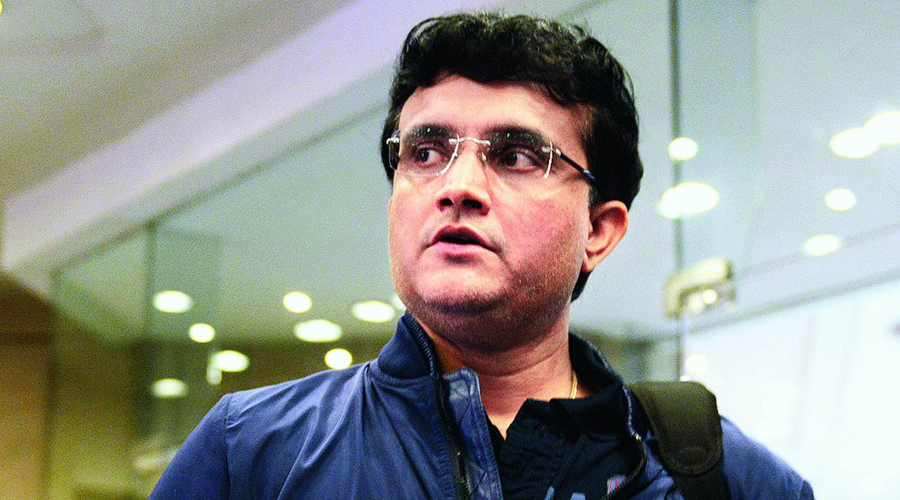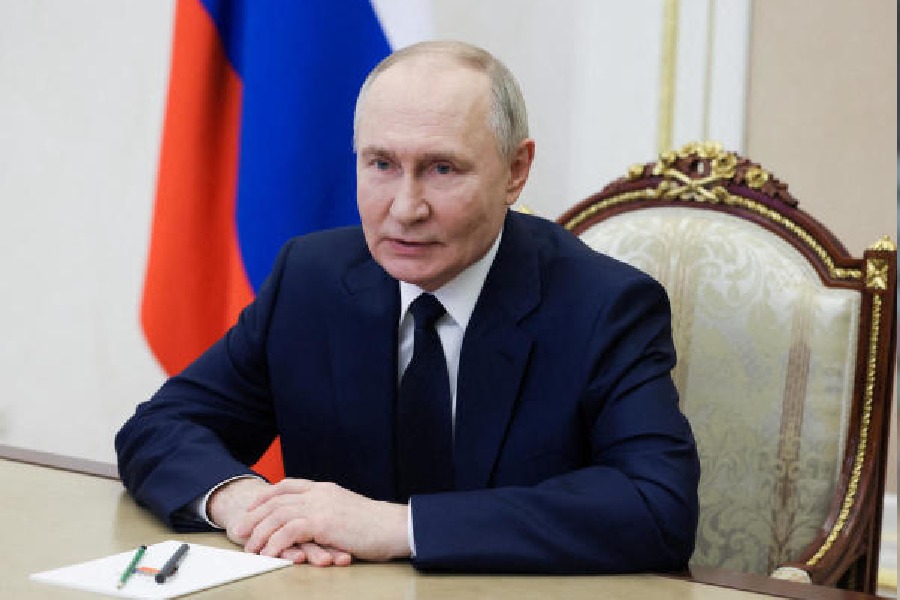Sourav Ganguly, who has undergone angioplasty, is no doubt being looked after by excellent doctors in India, but the next time he is in London, he could consider having a chat with Jaspal Kooner, one of Britain’s most respected cardiologists. He has performed over 20,000 heart surgeries, trained 200 cardiologists and was once named the UK’s “doctor of the year”. He wears several hats (colourful turbans, actually), including that of the professor of clinical cardiology, National Heart & Lung Institute, at Imperial College London, and consultant cardiologist, Imperial College Healthcare NHS Trust, Hammersmith Hospital Campus.
On Sourav, was Jaspal surprised that someone who was only 48 and had been cricket captain of India had suffered heart problems? “No.” He was not commenting last week on Sourav specifically but making a general point. With funding from the Wellcome Trust, Jaspal has set up a biobank that will make an Imperial College-sponsored “longitudinal” study over many years of 2,50,000 “representative” people — 1,00,000 in the UK and the rest in India, Pakistan, Bangladesh and Sri Lanka. Jaspal’s findings could affect “a quarter of the world’s population”. He wants to identify the “bio-markers” that explain why Indians, however young and healthy their lifestyle, are predisposed to diabetes and cardiac disease.
Jaspal says this is where Sourav’s situation and that of others like him become relevant: “Curiously, if I compare Asians in their 30s and 40s, with Europeans in their 30s and 40s, the risk of heart disease is four to five fold higher. That ratio is higher in younger ages than in older ages. What the pandemic has shown is that it is even more important for Asians to take heed of their lifestyle, diet, exercise, all that kind of thing.”
Let it rip
Indian politicians should be a little careful before passing judgment on how women should dress. The Daily Telegraph’s fashion editor, Tamara Abraham, has taken Tirath Singh Rawat to task for equating women wearing ripped jeans with moral decay. She told me why she devoted an entire column to Uttarakhand’s chief minister: “Mr Rawat’s comments were problematic for so many reasons: the idea that a pair of ripped jeans could have any effect on one’s moral compass is ridiculous, but I also doubt he would have had much to say about a man wearing the same thing. As a senior politician, he has a valuable platform and he’s wasting it by telling women what they should or should not wear, instead of tackling the very real problem of violence against women in India.”
Tamara explained to her readers that Rawat had berated an unnamed woman he had met on a flight: “‘You run an NGO, wear jeans ripped at the knees, move about in society, children are with you, what values will you teach?’ he said.” Tamara said she had not worn her own ripped jeans recently “but I’m inclined to start wearing them again in solidarity with women in India”. She added that “the only thing that will stop such politicians attaching conservative notions to innocuous garments is by normalising them. It’s a collective rebellion, and a way to tell the women of #rippedjeanstwitter that the world is on their side.”
Tamara also made a telling point about the Delhi gang rape: “... Rawat, as a political leader, is using his platform to criticise women, when instead he could be using it to protect them. Eight years on from the fatal gang rape of a 23-year-old student on a New Delhi bus, violence against women remains a huge problem in India; though reliable data on physical attacks is unavailable, a former Minister for Women said around 70 per cent of India’s female population are victims.”
Lost light
The journalist, Anil Dharker, who died, aged 74, from heart surgery complications, was a friend I associated with the old cosmopolitan Bombay. Going through our email exchanges — he would often ask about authors for the lit fest he ran for the past decade — makes me feel Bombay is poorer for his passing. He was justly proud of his actress daughter; he would fly over to see her in Royal Shakespeare Company productions. He said it was “a pity” that Imtiaz Dharker, his ex-wife, did not want to be Britain’s Poet Laureate but respected her decision “to concentrate on her work without distractions”.
Treasure trove
Britain’s country homes are filled with Indian treasures, understandably so in the case of Patricia, Lord Mountbatten’s elder daughter, whose belongings fetched £5.6m at a Sotheby’s auction last week. The portrait of her father-in-law, the fifth Baron Brabourne, who was Viceroy of India in 1938 — he is buried in St John’s Churchyard in Calcutta — fetched £9,450. The 11-hour auction attracted 1,400 bidders from 55 countries. Indian valuables, including a pair of “exquisite gold and enamel elephants made in Jaipur” which Lord Mountbatten gifted to Edwina on their 24th wedding anniversary, will never be seen again since all have gone to anonymous buyers.
Sotheby’s head of sale, David Macdonald, tells me: “The Mountbattens were a family that had very close ties to India.” He adds that Patricia and her husband, the 7th Baron Brabourne, “chose to spend several months honeymooning in India”.
Footnote
BBC TV presenter, Naga Munchetty, born to an Indian mother and a Mauritian father, along with Charlie Stayt, poked fun at the size of the Union Flag in the office of the housing and communities secretary, Robert Jenrick. To teach her to be more patriotic, the British government has decreed the Union Flag must be flown from official buildings, not just on special occasions but every single day. Didn’t Samuel Johnson say that “[p]atriotism is the last refuge of the scoundrel”?











